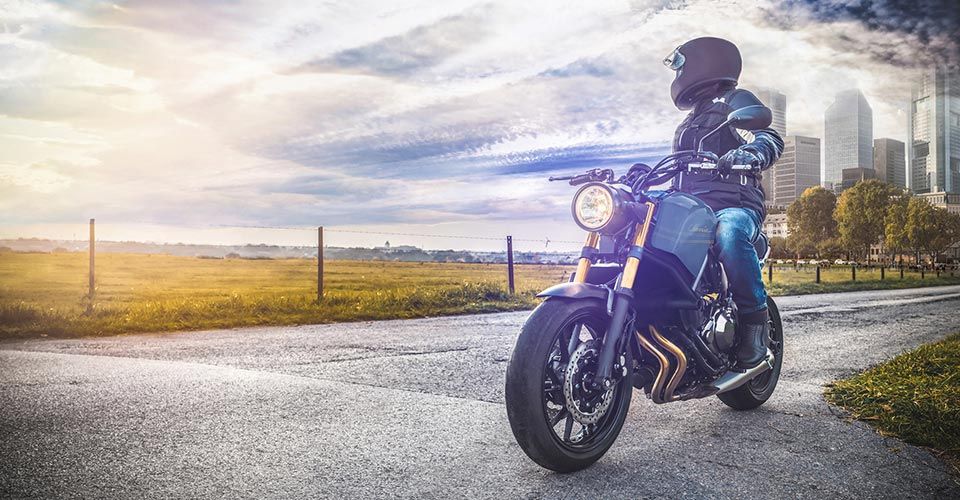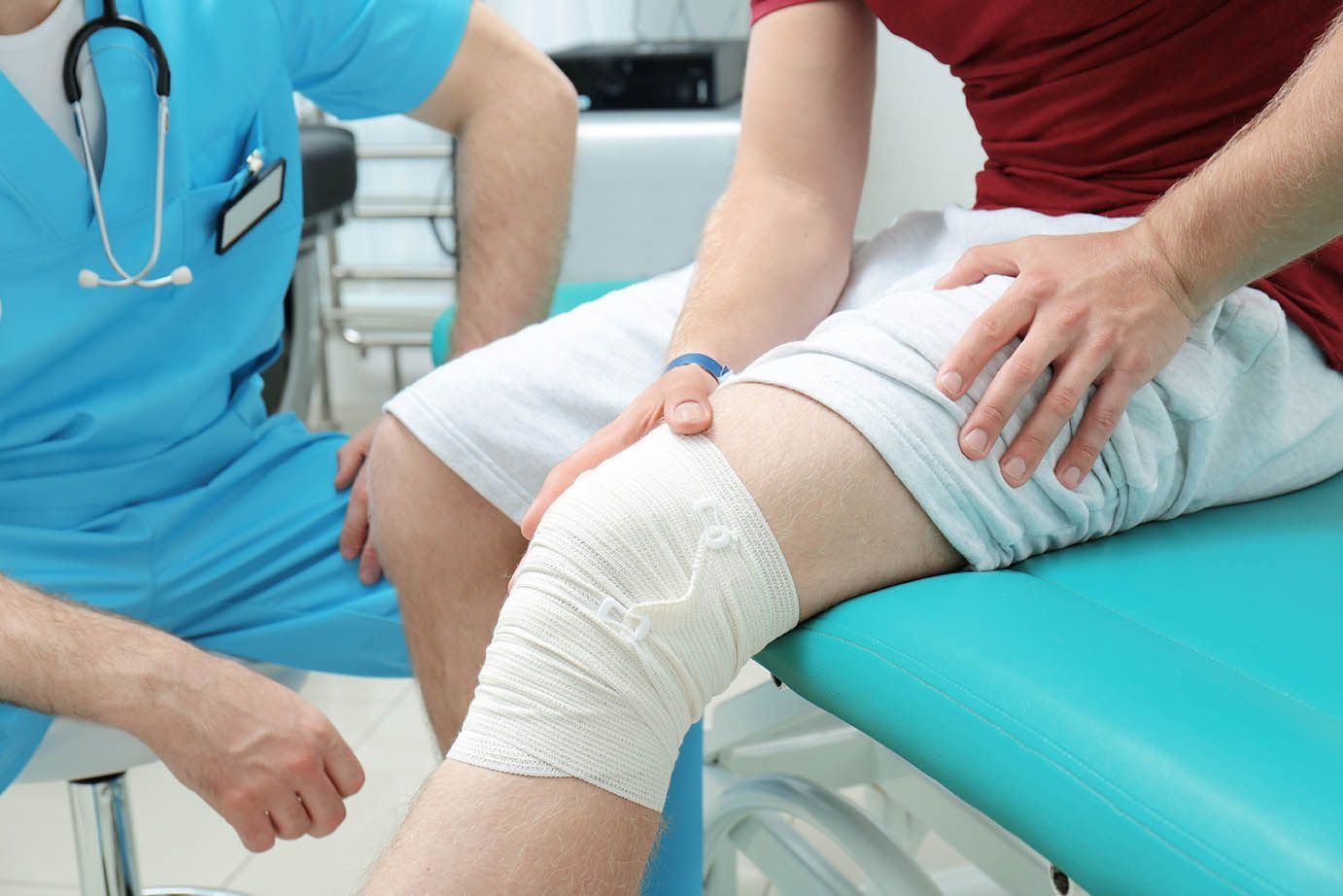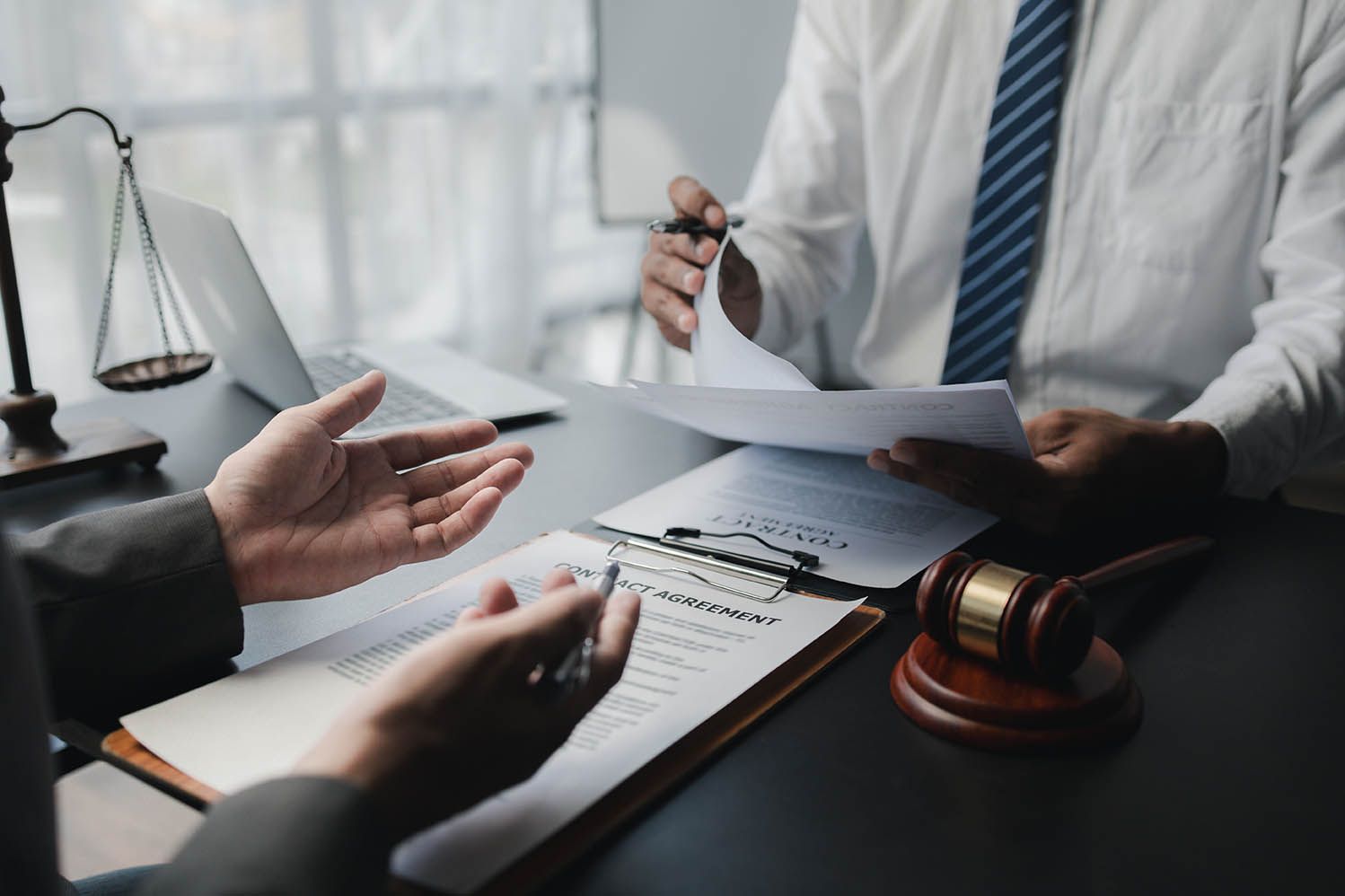BLOG
Motorcycle Safety: A Quick Pre-Ride Inspection Checklist

In recent years, there’s been a movement to increase awareness of motorcycles on the roadways. These campaigns have mostly been focused on tips for drivers and passengers in other types of vehicles on how to safely share the roadways with motorcyclists. While most motorcycle operators understand the importance to ride safely and responsibly, it’s also important to consider the physical condition and functioning of the motorcycle itself before setting out on the open road.
According to the National Highway Traffic Safety Association(NHTSA), motorcyclist deaths occur at 27 times the frequency than fatalities involving other types of vehicles. As a motorcyclist, for your own safety and that of everyone else on the road, it’s important to do a quick pre-ride inspection whether you’re dusting cobwebs off your bike after months in the garage or heading out for your daily ride.Inspect Your Wheels
Motorcyclists have less control than a passenger type vehicle when a tire blows. Taking just a couple minutes to inspect the integrity of your tires can save you from a potentially devastating accident.
When inspecting your tires, check to make sure that the pressure is correct, especially if there’s been a recent change in temperature. Assess the treads and look for worn spots, bulges and foreign objects that have punctured the tire or become lodged in the tread.
While you’re there, also check to make sure the spokes are firmly intact, and that the rims are not bent or damaged with visible separation between the rim and the wheel. Now’s also a good time to do a quick spot check on the health of your bakes.
Check Your Lights
It’s often easy for other motorists to misjudge how much space they need to give to motorcyclists. When your lights aren’t working properly, it significantly increases the chances that other motorists won’t be able to react appropriately to your actions on the road. A quick 2-minute light inspection is a must for your safety.
Check brake lights, tail lights and headlights – including high beams. You’ll also want to look at the condition of lighting wiring and take note that reflectors are firmly intact.
Gauge Fluid Levels
Unfortunately, this is one that often gets left out of quick, pre-ride checks. Leaks can happen at any point between routine fluid checks, so it’s important to make sure all fluid levels – including brake, transmission, oil, coolant and fuel – are at proper levels. Checking for changes in the color or viscosity of fluids can also help identify other mechanical issues before they become a major problem on the road.
Look Over the Controls
Finally, check all the controls to make sure they’re in good working order. Are cables and hoses firmly intact with no frays or other signs of wear? Check that controls move smoothly with the right amount of tension. Any change in the way the controls function can interfere with your reaction time on the road.
Contact a Personal Injury Lawyer
These steps can help ensure that you arrive to and from your destination safely, but if an accident should occur, don’t waste a minute contacting a personal injury lawyer to review your case. If you’ve been involved in a motorcycle accident, we’re experienced with personal injury claims and we can help. Contact Fitch & Stahle Law Offices today for a free consultation.


